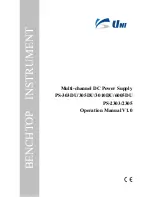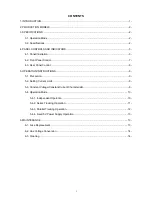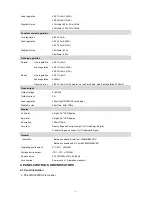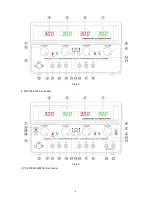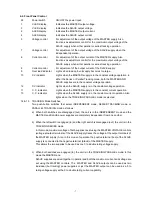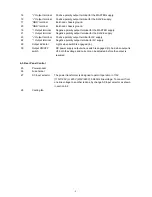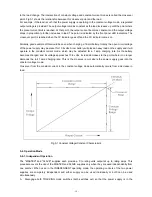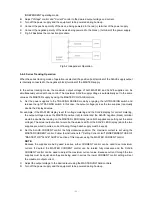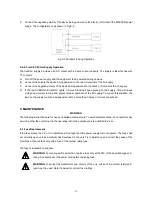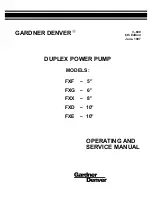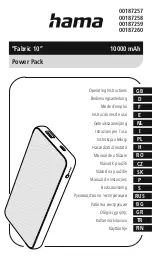
- 10 -
to the load change. The intersection of constant voltage and constant current modes is called the crossover
point. Fig.5-1 shows the relationship between this crossover point and the load.
For example, if the load is such that the power supply is operating in the constant voltage mode, a regulated
output voltage is provided. The output voltage remains constant as the load increases up until the point where
the preset current limit is reached. At that point, the output current becomes constant and the output voltage
drops in proportion to further increases in load. The point is indicated by the front panel LED indicators. The
crossover point is reached when the CV indicator goes off and the CC indicator comes on.
Similarly, good example of this would be seen when charging a 12-volt battery. Initially, the open circuit voltage
of the power supply may be preset for 13.8 volts. A low battery will place a heavy load on the supply and it will
operate in the constant current mode, which may be adjusted for a 1 amp charging rate. As the battery
becomes charged, and its voltage approaches 13.8 volts, its load decreases to the point where it no longer
demands the full 1 amp charging rate. This is the crossover point where the power supply goes into the
constant voltage mode.
Crossover from the constant current to the constant voltage mode automatically occurs from a decrease in
load.
Fig.5-1 Constant Voltage/Constant Characteristic
5-4. Operation Mode
5-4-1. Independent Operation
The "MASTER" and "SLAVE" supplies each provide a 0 to rating volts output at up to rating amps. This
procedure covers the use of the MASTER and SLAVE supplies only when they are used independently from
one another. When used in the INDEPENDENT operating mode, the operating controls of the two power
supplies are completely independent and either supply can be used individually or both can be used
simultaneously.
A. Disengage both TRACKING mode switches (both switches out) so that the power supply is in the

